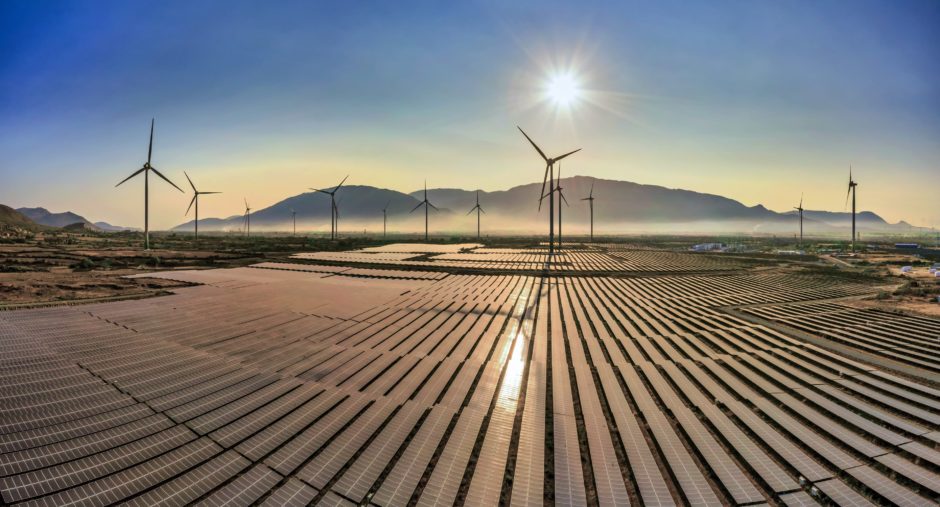
Vietnam is poised to be the leading market for offshore wind in Southeast Asia this decade, but a new report warns the power-hungry country has a hit a crucial crossroads in its energy system planning.
A new report released by the Global Wind Energy Council (GWEC), in cooperation with The Renewables Consulting Group, finds that Vietnam must take action now to accelerate the deployment of offshore wind this decade.
It said, “true large-scale offshore wind projects are not due to be connected until 2026 at least, and a number of policy and regulatory challenges need to be addressed to safeguard the pipeline of investment and project development.”
Among these are the expiration of the current intertidal Feed-in Tariff by November 2021, and the current 2 GW offshore wind target by 2030 in the draft Power Development Plan 8 master energy strategy – which, the report finds, could be raised to 10 GW by 2030 to maximise social, economic and environmental gains from offshore wind. The PDP8 is due to be approved and finalised later this year.
“GWEC is calling on the Vietnamese government to urgently adopt a transition stage for offshore wind and incorporate a systematic and open consultation process on future procurement and auction design,” said Liming Qiao, GWEC Head of Asia. “With less than 10 years to meet PDP8 targets for 2030, the time is now to begin wider consultation and consider raising ambitions to 10 GW by 2030. We hope this report will support Vietnam in this vital period of making offshore wind a pillar of the future energy mix.”
The report recommends a transition period over the next few years, wherein an offshore wind Feed-in Tariff is established to apply to the first 4-5 GW of projects in Vietnam, concurrent to the government undertaking technical studies on auction design. Auctions could be introduced as soon as 2024 under this transition model.
Recommended for you

